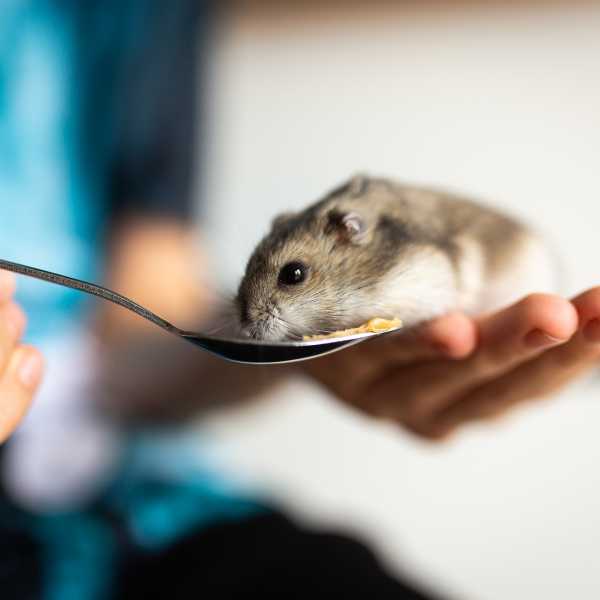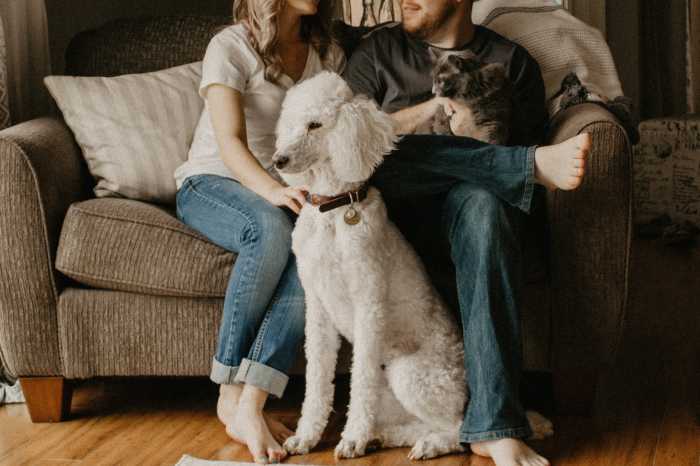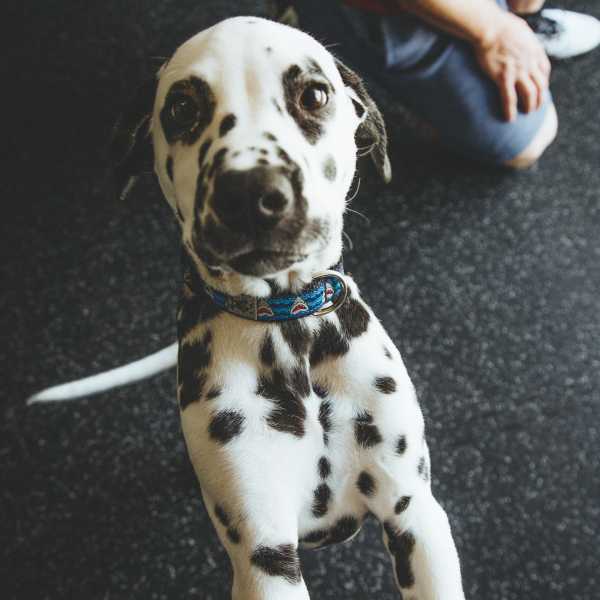
Building trust with pets: Top tips for homesitters for bonding with pets
Posted on 5 March, 2024

Photo by sarandy westfall on Unsplash
Written by Kayak PR for Homesitters Ltd
Homesitting is an exciting and rewarding experience, especially assignments that include looking after pets. Most of our homesitters love animals but don’t want the commitment of owning at pet. The role gives them the best of both worlds - the chance to care for pets without the expense and responsibility.
Homesitters often end up forming close bonds with the pets they take care off, especially those with regular clients. But building up the trust and bonding with new pets requires patience and understanding. Here are some valuable tips from experienced homesitters to help you forge a strong connection with your temporary companions.
Respect the pet’s space
After arriving at the client’s home, take a moment to observe the pet and understand their comfort zones. Be mindful that the cat or dog may be a bit nervous or upset if their owner goes away, even if you met them at the preliminary meeting. If they don’t want to interact, just let them be and wait for them to feel settled before interacting. Give them the space they need to approach you at their own pace.
Take their lead
When meeting dogs and cats for the first time, always respect their boundaries and let them take the lead. With dogs don’t reach straight for their head to stroke them, hold out your hand, let them sniff it and if they are happy pet them gently on the back or shoulders. Same goes for cats to a degree but it is always best to let the cat come to you first rather than going to them.
Follow established routines
Pets thrive on routine, and sticking to their established schedules as outlined at the preliminary meeting is essential. Remember to ask lots of questions at the meeting on routine, as well as the pet’s behaviour. It’s important to understand as much as possible about the pet you will be looking after and to familiarise yourself with their feeding times, grooming procedures, play sessions, and walks.
Don’t teach the dog new tricks
Don’t confuse dogs by trying to train them to do something new. It’s important to remember with dogs that they are not your own and they may not understand training methods you’ve used in the past, so stick to whatever the owner has asked you to do. For younger dogs especially who are still learning its essential everyone uses the same technique to reinforce good behaviour and not undo any training.
Engage in playtime
Whether it's a game of fetch, interactive toys, or simply spending quality time together, engaging in playtime builds a bond with a pet. Pay attention to their favourite activities and make an effort to incorporate them into your daily routine during the assignment. It can be useful to play a game in the garden with a dog prior to taking them for a walk too as a way to practice recall in a safe space so that they get used to coming back to you.
Learn their language and behaviour
Understanding pet body language is essential. Take note of cues indicating comfort or discomfort. A wagging tail, purring, or relaxed body posture typically signifies contentment, while signs of stress may include flattened ears or avoiding eye contact. When it comes to behaviour make sure you know what is usual too. For instance, are dogs allowed on the sofa and do they get fed tit bits from the table?
Stay calm and confident
Pets can sense your energy, so maintaining a calm and confident demeanour is vital. It’s important to keep voices at a normal level. Dogs and cats can be sensitive to noise so until they get to know you it’s important to act in a calm manner. Always approach interactions with a gentle and reassuring presence, and don’t ever force a pet to do anything it doesn’t seem comfortable with.
Take the dog for a walk
With dogs taking them for a walk soon after you arrive could help them start to bond with you. Take some treats, leave them on the lead if instructed and head off on a familiar walk. After a walk it’s likely the dog will be calm and happy, and will probably have forgotten his/her owners have left!
Keep a pocket of treats
Finally, having treats to hand is a great idea for both dogs and cats, as most are food motivated and taking a treat can help establish trust. When out walking with dogs it can also help with ‘recall’ if they dog is allowed off the lead, especially on the first couple of walks whilst they get used to being walked by someone new.
To conclude:
Spending time with pets is one of the most enjoyable parts of being a homesitter and it usually won’t take long for dogs and cats to get used to you being in the house and start greeting you like one of the family. Remember, every pet is unique, so be patient and calm and enjoy the process of getting to know the pet and building up a strong bond!
For more information about home and pet sitting click here.
Tags:



